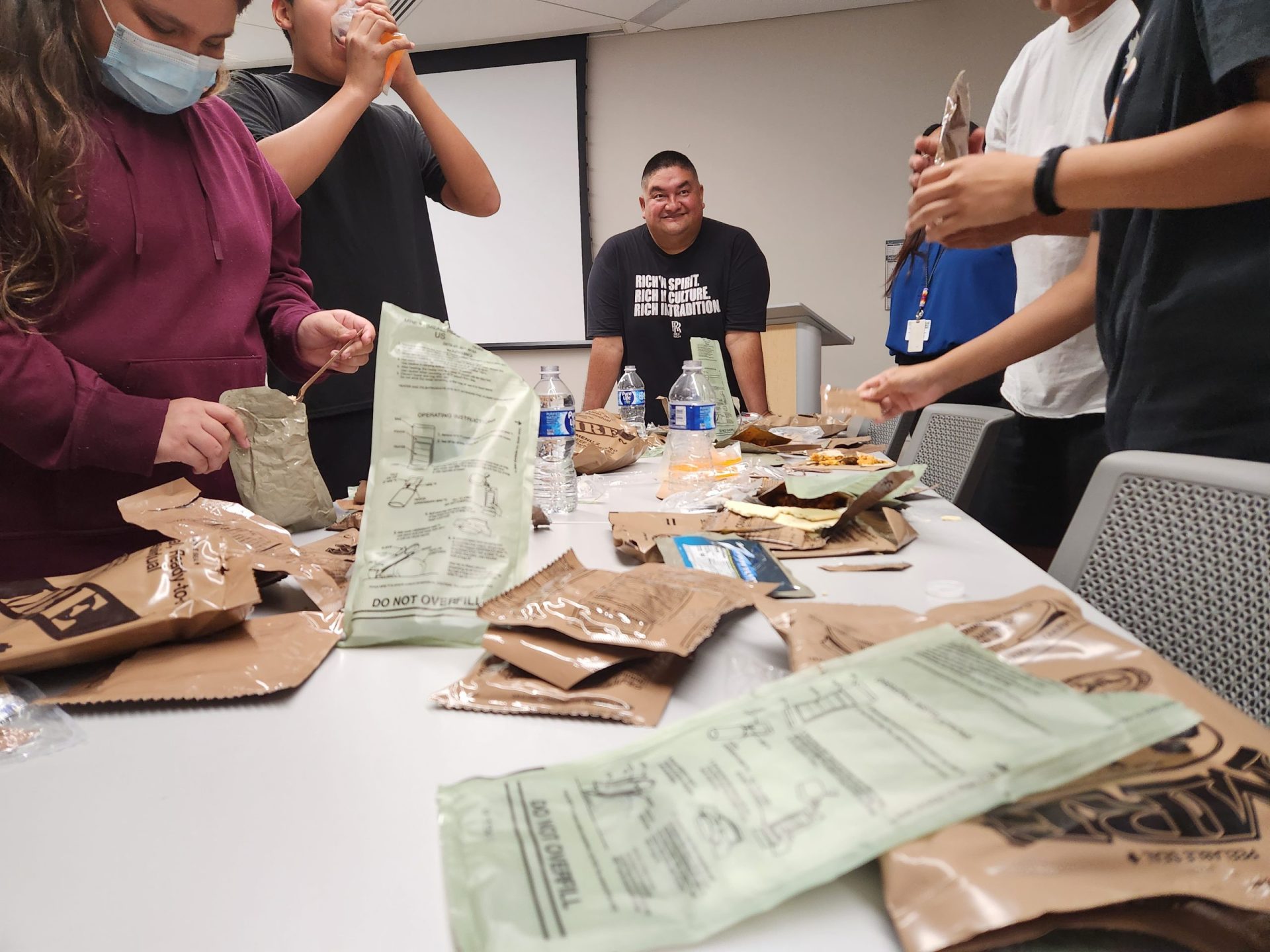VIEWS: 1756
April 19, 2023Bipartisan Tribal Firearm Access Act Aims to Recognize Tribal IDs as Acceptable Documents
On March 22, U.S. Rep. Mary Peltola (Yupik; D-AK) and U.S. Rep. Dusty Johnson (R-SD) introduced the bipartisan Tribal Firearm Access Act in their effort to classify tribal IDs as eligible identification documents for the purposes of transferring a firearm.
U.S. Senator Markwayne Mullin (Cherokee Nation citizen; R-OK) introduced the companion bill in the Senate with U.S. Senator Mike Rounds (R-SD), a member of the Indian Affairs Committee.
Peltola said in a statement that, in Alaska, firearms are an essential tool for subsistence and self-defense alike.
“Tribal identification cards are already valid for a variety of uses, including boarding planes and accessing federal buildings and banks across the nation. This bill would extend this parity to include the Second Amendment rights of tribal members. It is past time that tribal sovereignty is recognized in this regard, and I look forward to working with Rep. Johnson on this essential legislation.”
Mullin said that tribal citizens, and all law-abiding Americans, have a fundamental right to keep and bear arms. “For too long, a lapse in existing law has prohibited tribal members from using their government-issued tribal identification to lawfully obtain firearms.”
Mullin continued, “Our commonsense legislation corrects this unconstitutional infringement, and I’m proud to be leading this legislation in the Senate to protect tribal members’ ability to exercise their Second Amendment rights.”
The National Native American Law Enforcement Association (NNALEA), a nonprofit organization whose mission is to promote and foster mutual cooperation between American Indian law enforcement officers, tribes, agencies, and public and private industries, supports the law.
“Many Indian Country tribal members lack easy access to other forms of government-approved identification,” said Gary L. Edwards, CEO of the NNALEA.
“NNALEA realizes the importance of properly identifying purchasers of firearms. NNALEA believes the government-approved photo tribal identification/membership cards of federally recognized tribes would be an important tool to achieve the lawful purchase of firearms.”
Legally Owning a Firearm in the Community
If you’re a member of the Salt River Pima-Maricopa Indian Community and you want to register your firearm, you may come to the Salt River Police Department to fill out an application to obtain a firearm permit.
The application requires information such as the type of gun and the serial number. Then, fingerprints and a photo ID are required. After the application is completed, an SRPD detective will run a background check to determine whether or not the applicant can legally and lawfully own a firearm.
The background check includes looking through local and national databases, as well as the SRPMIC Court’s records, to see if there is anything showing that the applicant is prohibited from lawfully purchasing or owning a firearm, such as being a convicted felon, being the subject of a restraining order, or having a domestic violence offense on record.
Depending on the detective’s findings, the chief of police will review and either approve or deny the application. If it’s approved, the applicant is contacted to come pick up their firearm permit.
“As long as there is a permit for each firearm, a Community member may have as many [firearms] as they want,” said SRPD Commander Jonathan Gann. “As long as it isn’t prohibited by federal law, like a machine gun, then you can have as many handguns, rifles or shotguns as you want.”
Firearms in the Community should not be altered in a way that goes against federal code, such as having a shortened barrel or being modified to make the gun operate fully automatically.







